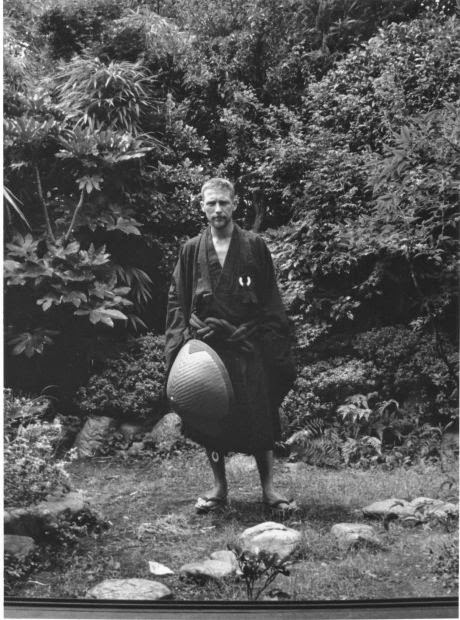There’s a story, told by Alfred Appel, about a
student who went to see Vladimir Nabokov when he was teaching at Cornell.
Nabokov told the student to look out of the window, and then asked him, “Do you
know the name of that tree?” The student
said no, and Nabokov said, “Then you’ll never be a writer.”
What an asshole.
I heard another version
where Nabokov is addressing a whole room full of students and asks them to name
trees they passed as they were walking to class, but it’s the same story with the
same conclusion that they’ll never be writers.
As a matter of fact, these
days, when I look out my window I do know
the names of most of the trees I can see, but when I was a student I couldn’t
tell the difference between one tree and another, couldn’t tell most trees from
a hole in the ground. It’s just not a
young person skill. Nabokov should have
known that. Perhaps he did and was just
trying to be provocative.
Of course in Los Angeles
these days it’s impossible to walk down the street without worrying about all
the trees you see. We’re in the middle
of a drought and trees are dying on us left and right, while at the same time
we’re being told to use less water, especially to water our gardens, and it’s
all a big quandary.
So it was a slight relief to
be in Berkeley a week or so back where all the greenery looked incredibly lush
and healthy. Gardens were overgrown, big
old plants were growing on every street corner.
This picture was taken in Berkeley, though admittedly not on my my most recent trip.
And there was an empty corner
lot on Telegraph Avenue, which I’d vaguely seen before without really looking
at, but as I walked past it this time it seemed to me that they must be keeping
as some kind of urban wildlife reserve, leaving it for nature to take its wayward
course. There were not, to be sure, any
trees growing there that needed naming, but there was a lot of grass that looked
tall and healthy and I could certainly recognize that there were some exuberant
fennel plants growing there. It seemed a
good thing. I took a couple of
photographs.
And then I happened to be
walking past it again 2 days later and it was all different. A crew had been in there and hacked
everything back, no more long grass, no sign of fennel, every green thing had
been cut down to ground level. I guess
it looked neater. I am, as you probably
know, not a great fan of neatness.
I’m
not sure that Nabokov was either. He
wrote, in Lectures on Literature, “Between the wolf in the tall grass and the
wolf in the tall story there is a shimmering go-between. That go-between, that
prism, is the art of literature.” So,
not really such an asshole after all.


























